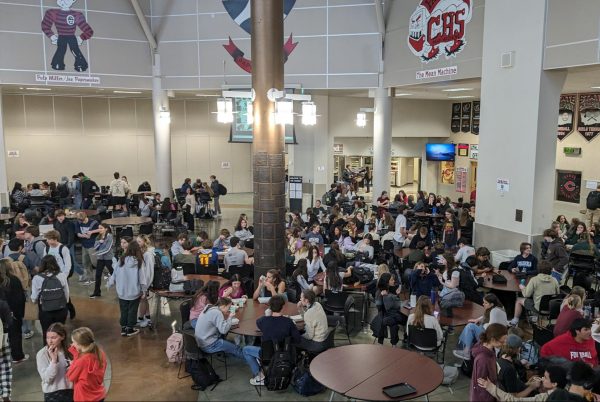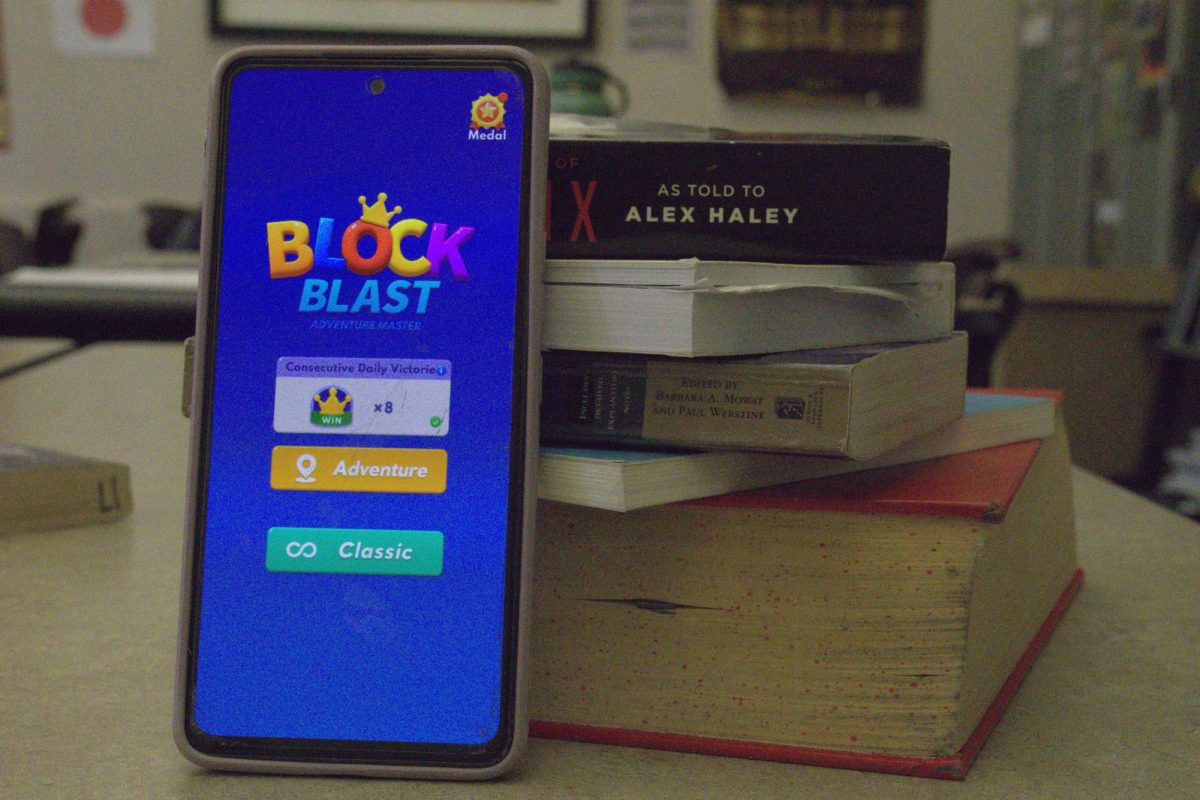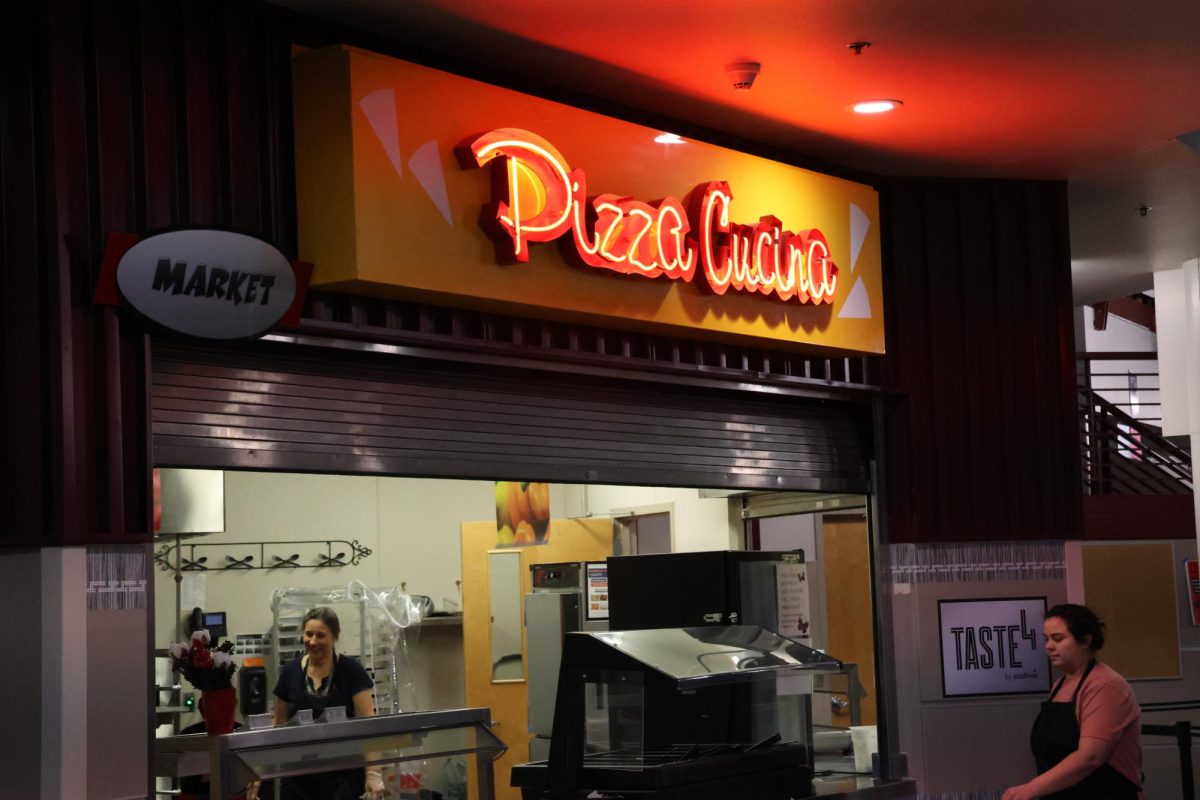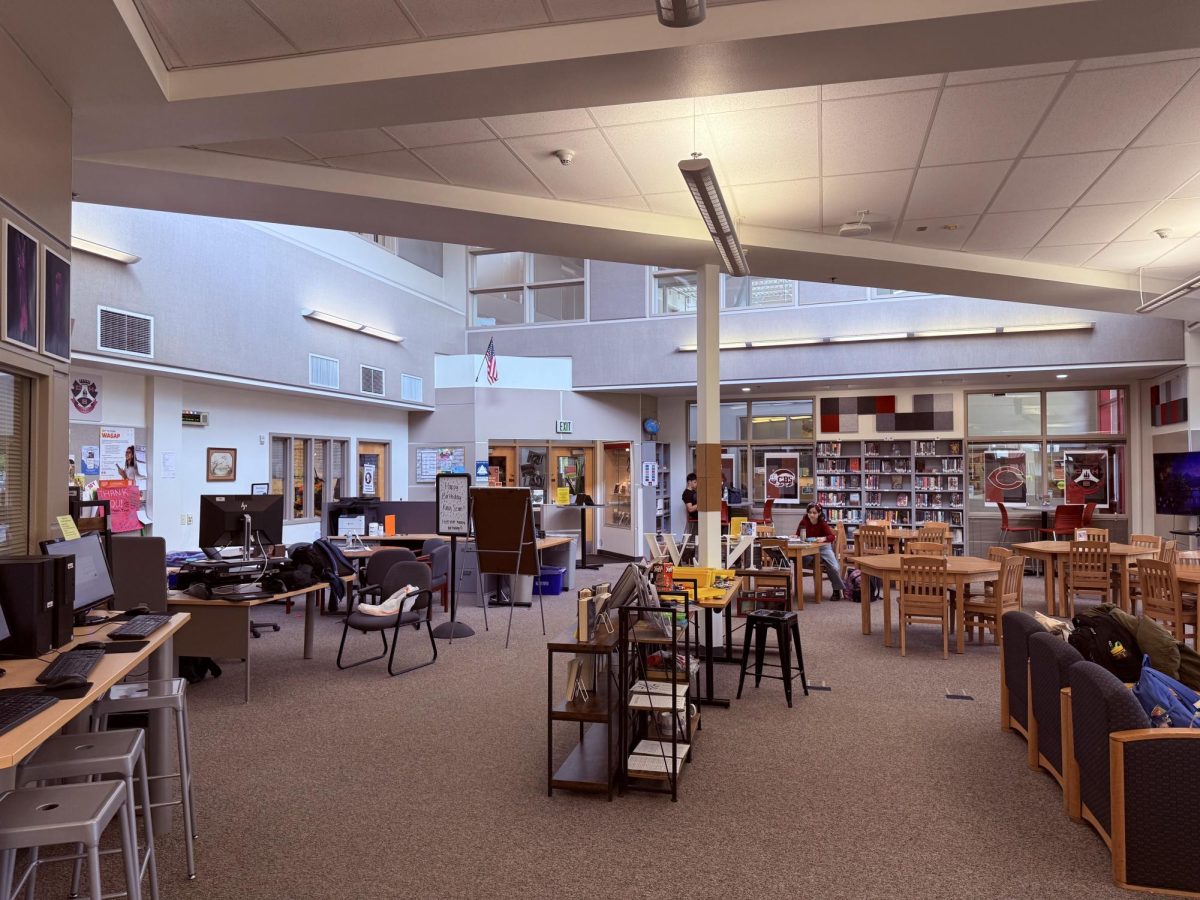Since the peak of the COVID-19 pandemic, nine states have passed legislation to keep school breakfasts and lunches free for students; seven of these states have made this change permanent. It is yet to be determined whether or not free student lunches will be offered in more schools and if the omission of free, school-provided lunches should be reconsidered for Camas High School (CHS) in particular.

CHS students were asked how much-paid school lunches impacted them and whether or not they thought free lunches should be offered again. Most students shared that they were minimally affected. Still, all answered that the school should return to free lunches, citing reasons such as lunch being too expensive for the food quality. Free student lunches provide for a broader range of people with financial difficulties.
“I did like that it was an option for the financially unfortunate among us,” CHS student Elijah Hackle said. “Plus, it did guarantee that everyone ate, and I feel like that is generally a positive thing.”
“I just think school lunch, in general, is expensive for what it is,” CHS senior Angelo Luchini said. “I would like to go back to free lunch.”

A recent Agriculture Department report showed that the average household spent $162 monthly on school meals. For reference, the average household electricity bill was $122. This was calculated using an average meal cost of $1.48 for breakfast and $2.57 for lunch during the 2016-2017 school year. This lunch price rose to between $2.75 and $3 in the most recent year. Additionally, CHS charges more than the average school-provided lunch price.
However, unlike many believe, these prices are not under the control of school administration, Associate Principal Tom Morris pointed out.
“When [lunches] became free, we were just told by the federal and state government that that would happen. Then, we were told [the lunch policy] would get switched back, and so it did,” Morris said.
As for national changes, nine states have passed bills granting free school lunches since the pandemic; Washington state is not one of them. Washington’s House Bill 1238 planned on following suit with the nine states but was deemed too ambitious and was subsequently modified only to provide free lunches for the lowest-income schools. Its title, however, remains “Providing Free School Meals For All.” The original version would have cost about $100 million, while the new version was cut down to $16 million. The bill passed, but the nine states that passed their free lunch bills demonstrate that reaching an all-inclusive plan is possible.



































